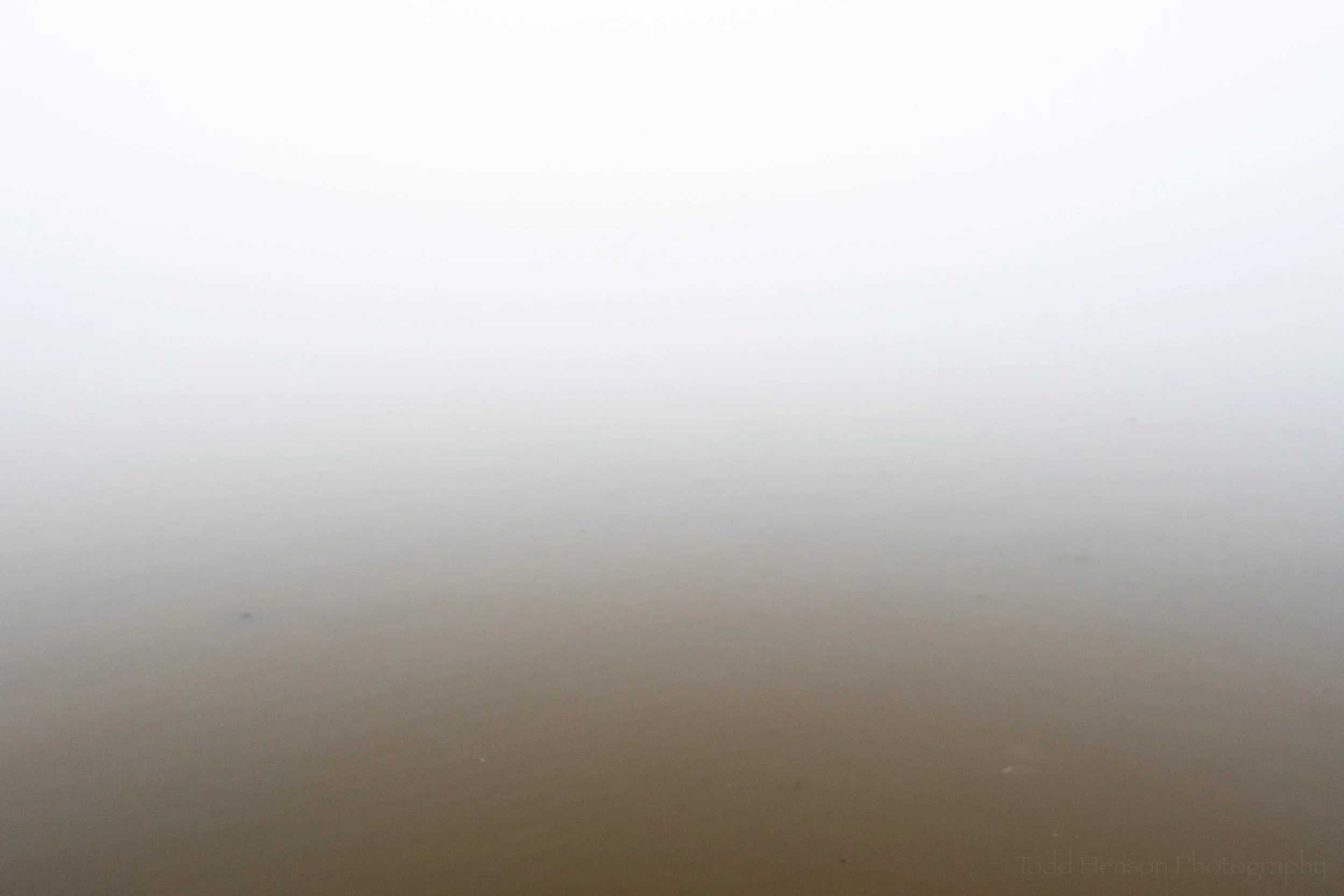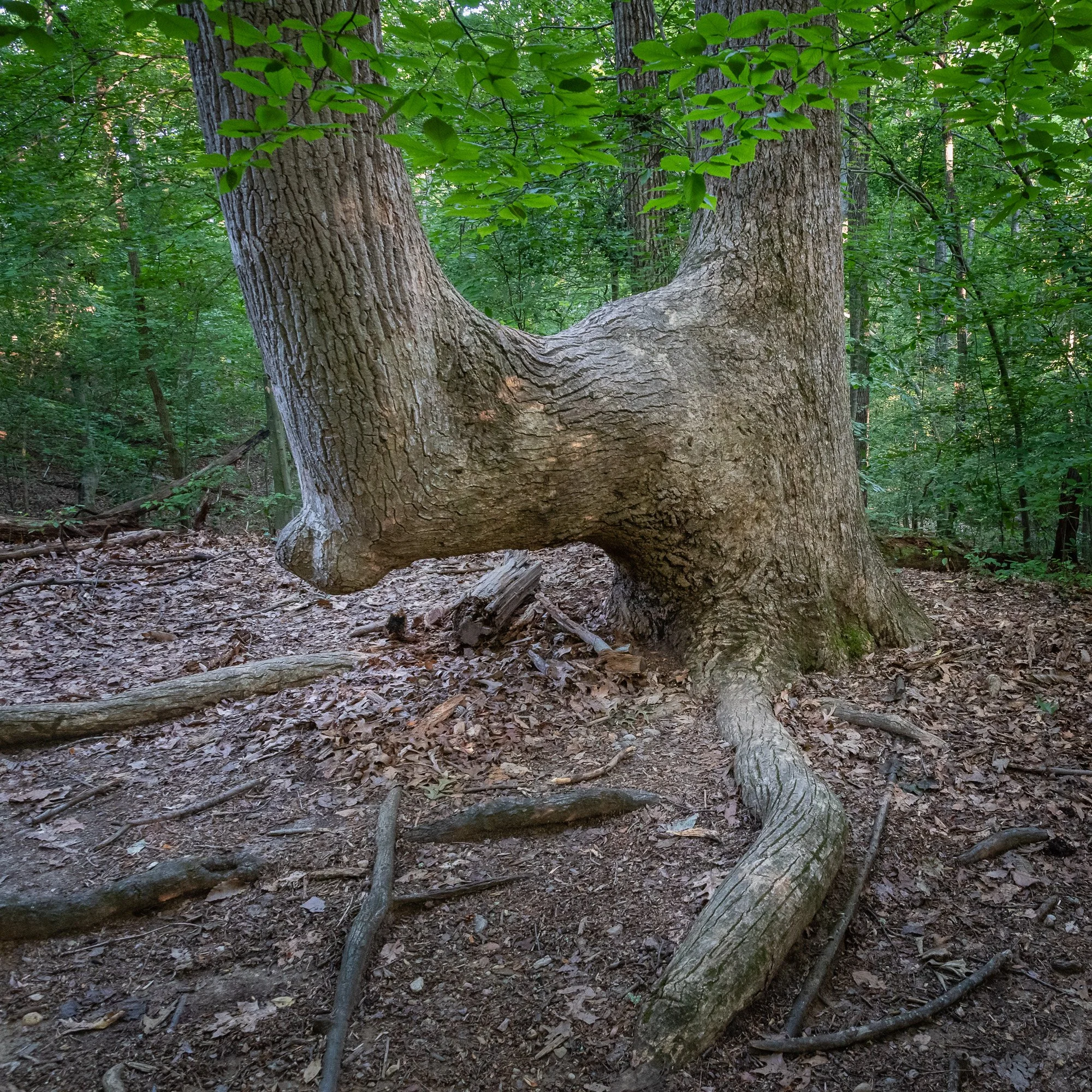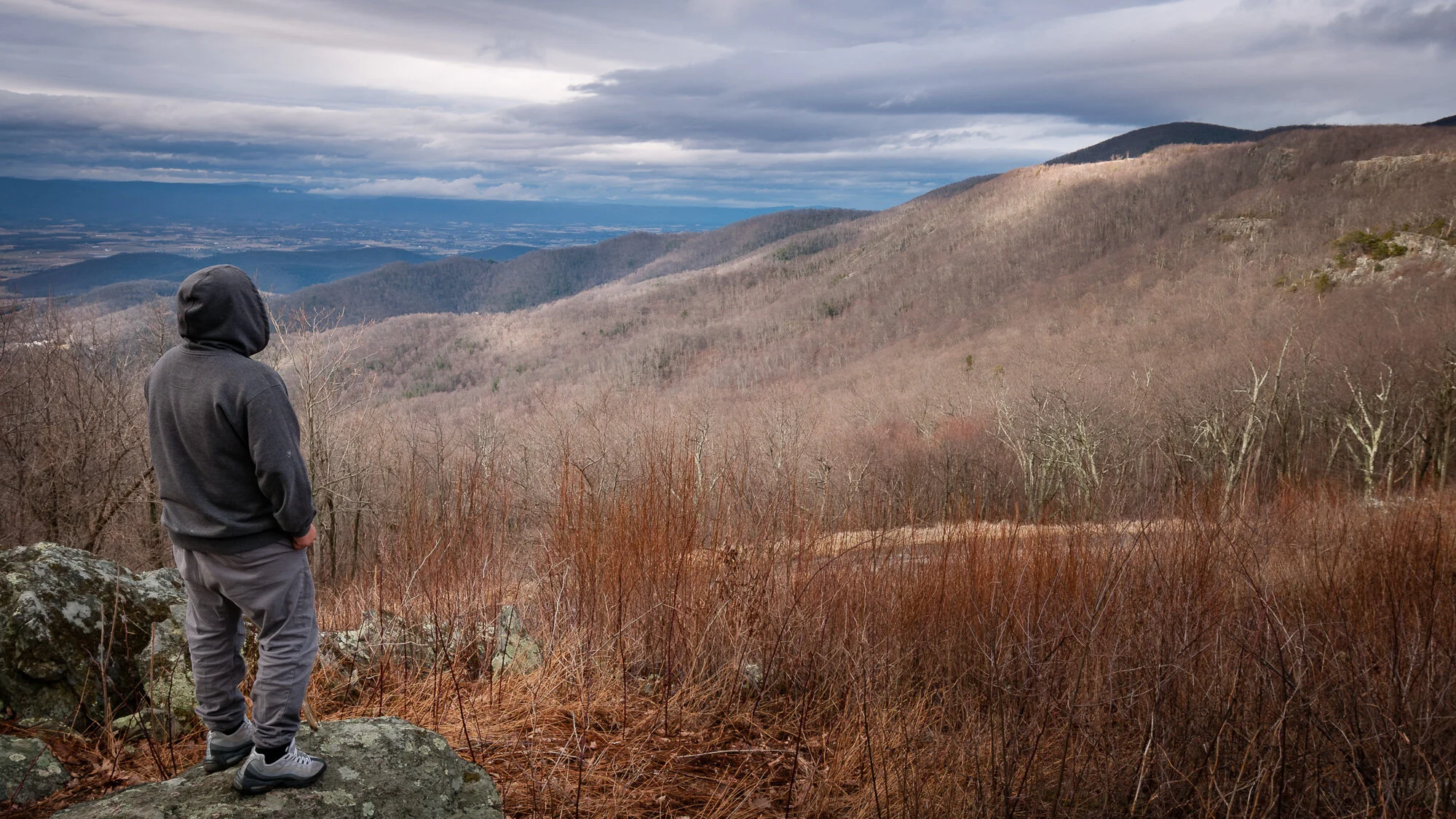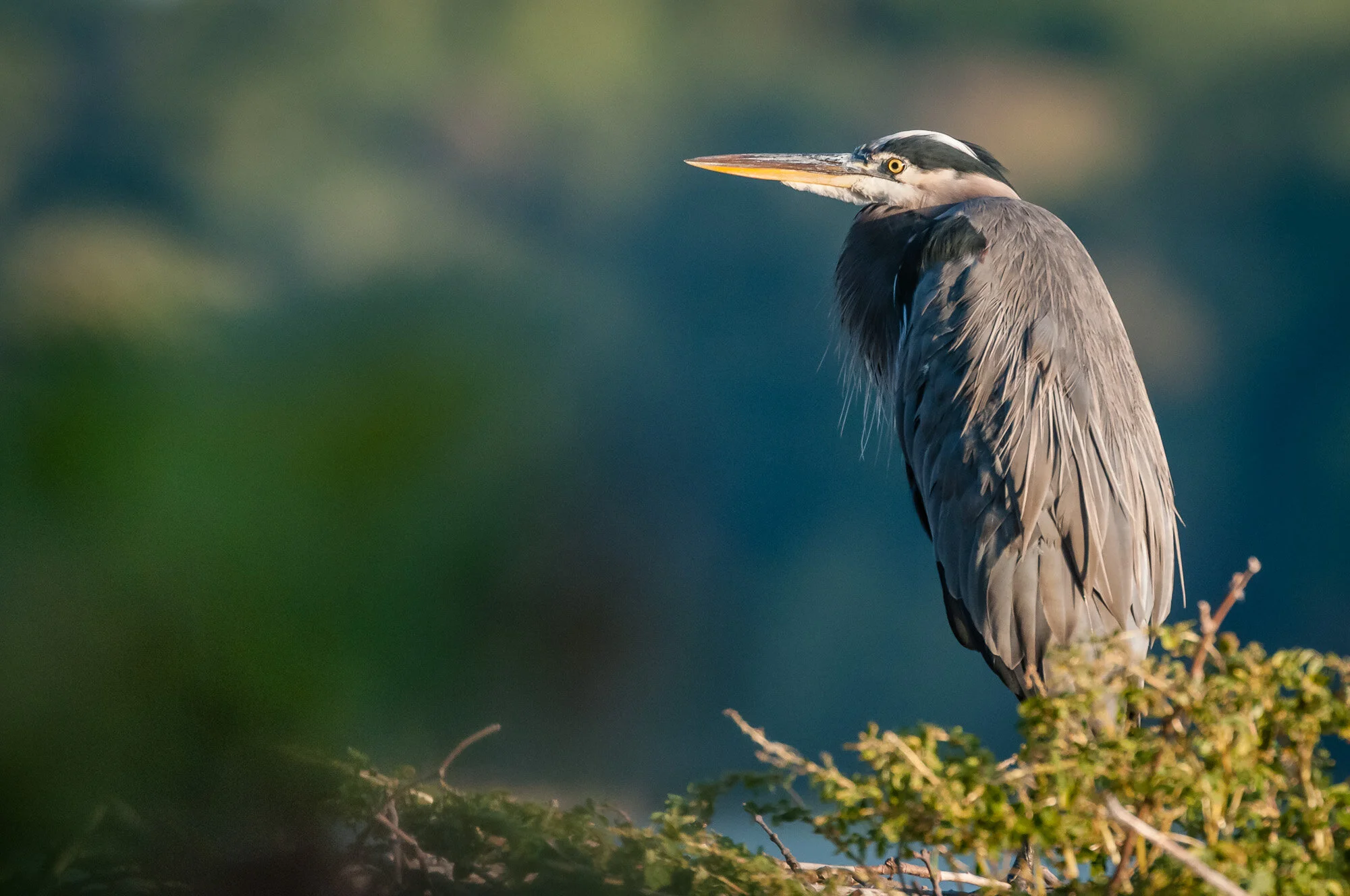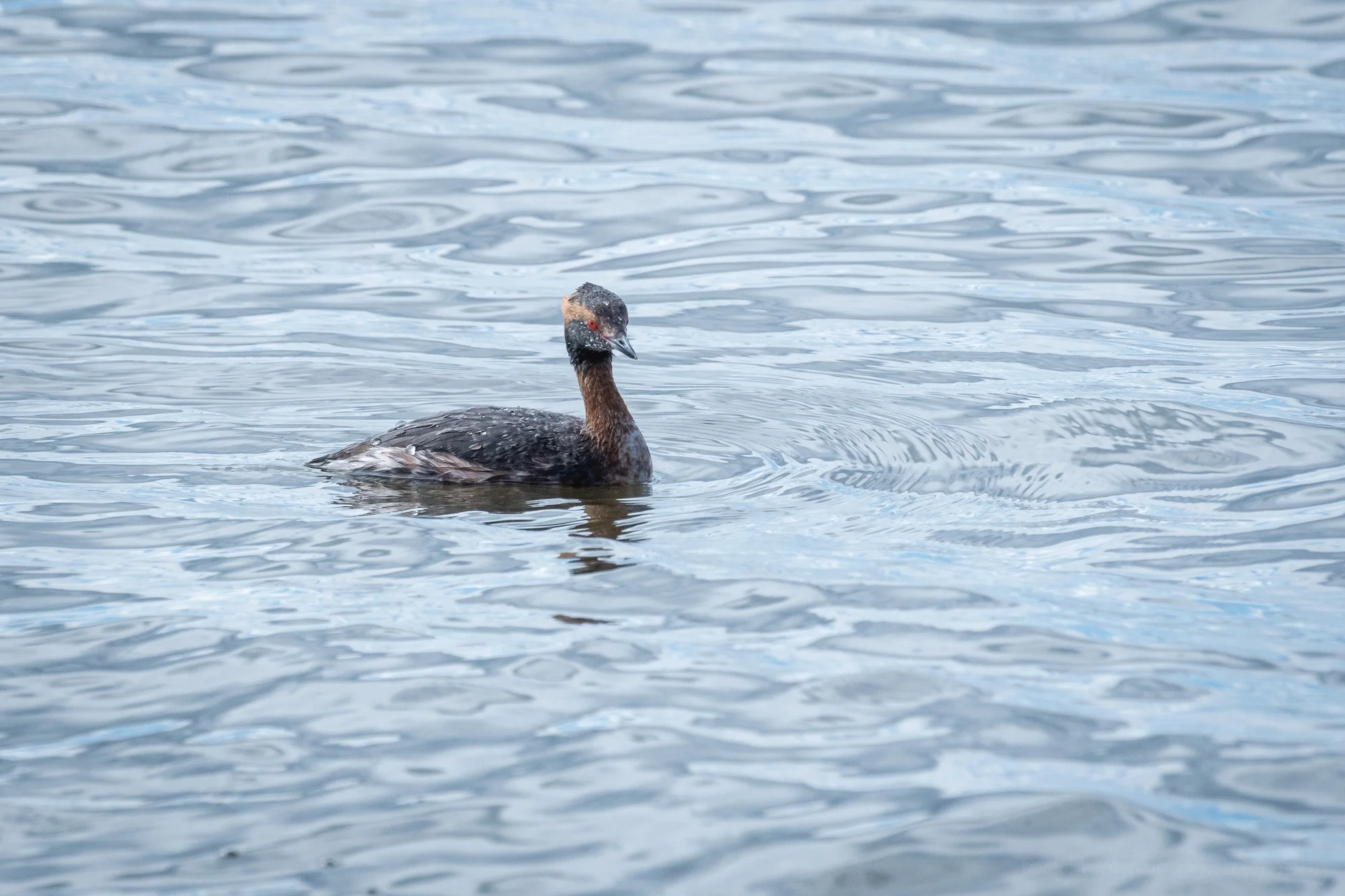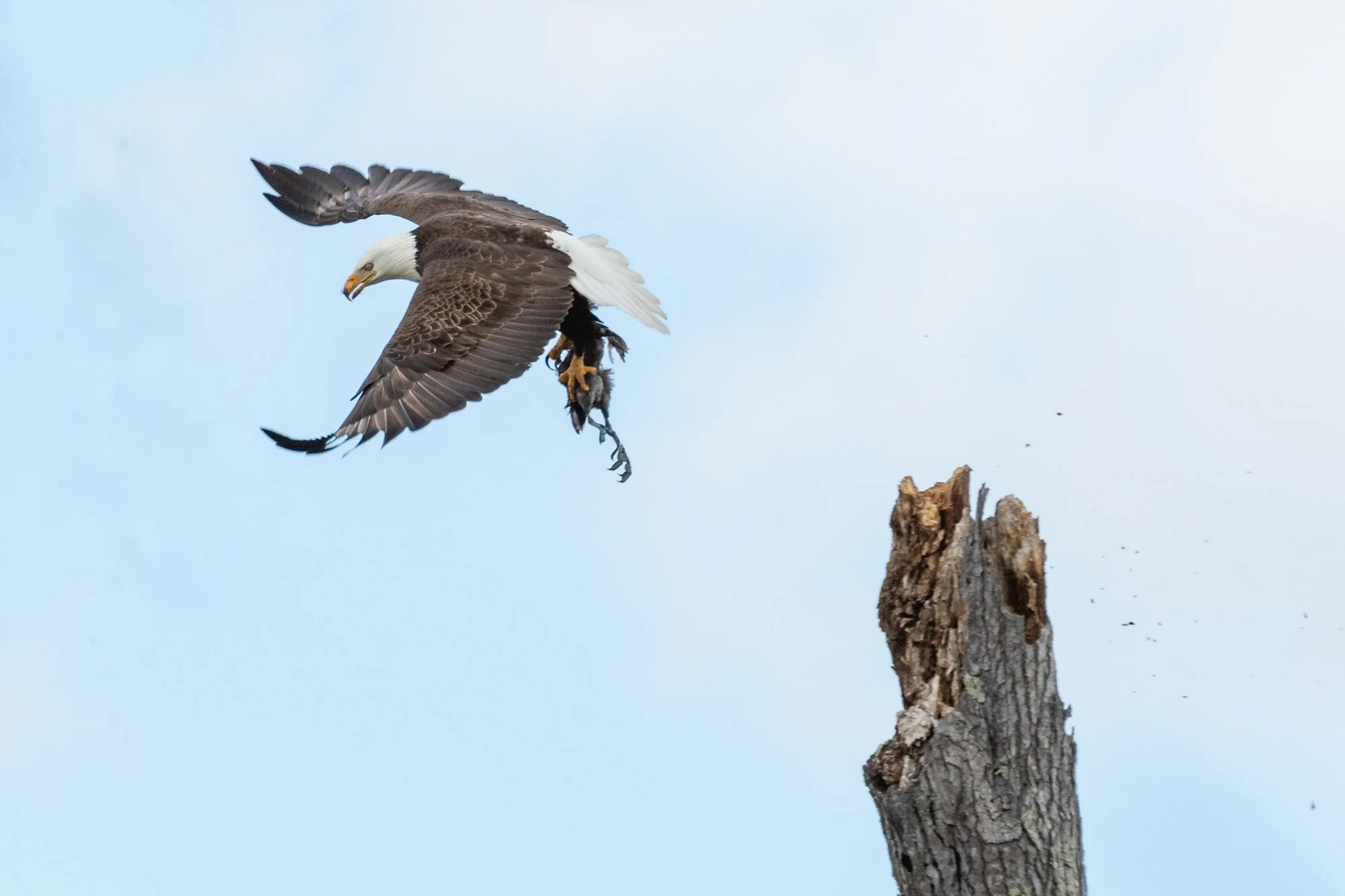We waited and watched through the window, hoping to see it fly away or a parent return to care for it. Several times it stood, moved in circles, and stretched it wings, but then sat back down. We thought perhaps it was just resting and gaining enough strength to fly. Eventually an adult Mourning Dove flew into a nearby tree. That was all it took. The fledgling stood, stretched, and flew up into the tree beside its parent.
We never saw the bird again, at least not in its fledgling state. Who knows, perhaps it’s now one of the many Mourning Doves who frequent my folks yard. I cherish moments like these, when you have the opportunity to witness something special, something you don’t see every day. My folks had the same experience with the Robins when they fledged. Beautiful moments.
You don’t always have to travel to witness the wonders of wildlife. Keep your eyes open in your own neighborhood. You never know what you might see.
